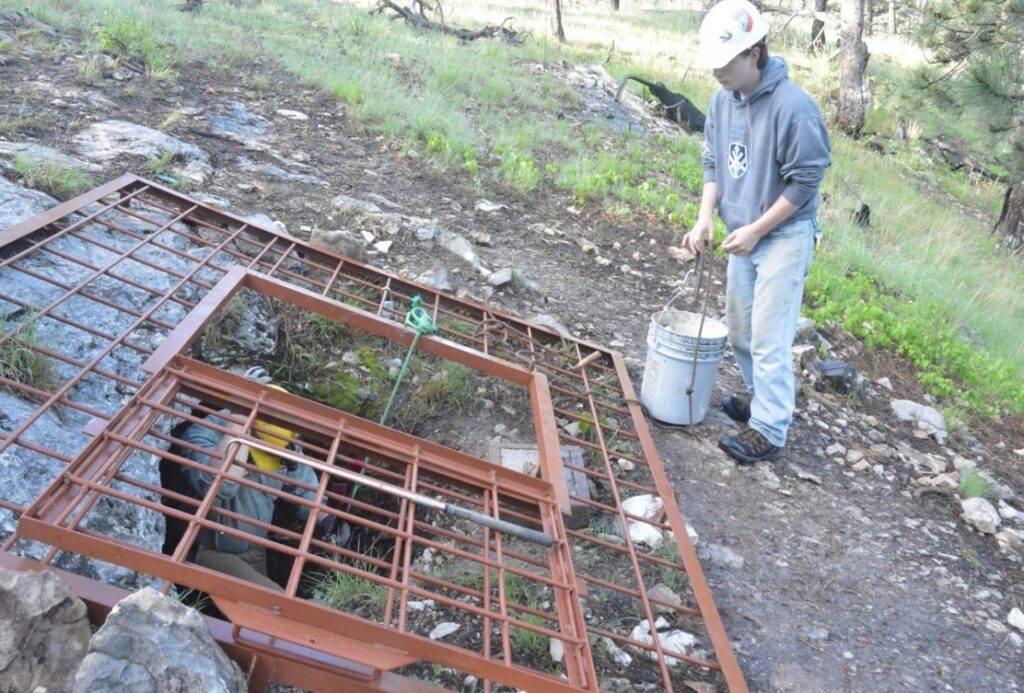Research of Persistence Cave pine marten ongoing at The Mammoth Site
By Marcus Heerdt/Fall River County Herald-Star
WIND CAVE NATIONAL PARK – In the April 21, 2022, edition of the newspaper, the Herald-Star reported on an 11,100-year-old pine marten fossil discovered in Wind Cave.
The Wind Cave pine marten fossil was found in 2019 in a previously undiscovered passageway, and its remains were collected and sent to Dr. Jim Mead at The Mammoth Site in Hot Springs. The fossil still had pieces of hair and skin attached, which led to an accurate radiocarbon dating estimate of 11,100 years old.
Mead is the Director of Research at The Mammoth Site and has been studying pine marten fossils found not only in Wind Cave but also other caves in the area.
Wind Cave is not the only cave within the boundaries of Wind Cave National Park. The Persistence Cave was discovered in 2004 by Wind Cave Physical Scientist Marc Ohms while he was out on a hike.
Mead describes Persistence Cave as “a treasure trove.” In collaboration with the National Park Service, the staff of The Mammoth Site have been studying fossils unearthed in Persistence Cave since 2015.
“Persistence Cave has fossils scattered throughout its length,” Mead said. “Many of the species we find do not live in the Black Hills today. Persistence Cave and Wind Cave both contain pine marten fossils…of two different sizes! The Persistence Cave animal is a larger form of pine marten and this large form has always been of the Ice Age time. It is the same animal as today’s pine marten but was really large in the Ice Age and continued to get smaller as the region warmed up.”
Mead explained that the pine marten fossil discovered in Persistence Cave was not as complete as the one in Wind Cave, so radiocarbon dating the specimen is difficult. Mead said that he continues to study the Persistence Cave pine marten, and at this time estimates it could be anywhere from 12,000 to 42,000 years old.
“We have not directly dated the pine marten from Persistence Cave, so the age span is based on the fossil’s relation to other dated specimens in the cave,” said Mead. “I think we will soon be able to age it directly, though.”
Other fossils discovered in Persistence Cave include those from big bison (Bison antiquus; an extinct species of bison much larger than today’s bison), black bear, wolf, snakes, lizards, two sizes of extinct horses, extinct camels, rodents, rabbits, and pika.
“The Black Hills is sort of an ecological base,” Mead said. “As climate changes through time, plants and animals move in or move out. Caves hold these secrets to the past and we are now finding them.”

In collaboration with the National Park Service, the staff of The Mammoth Site have been studying fossils unearthed in Persistence Cave at Wind Cave National Park since 2015. A large pine marten as well as other animal fossils have been found in the cave and research on the fossils is ongoing. The entrance to the Persistence Cave is gated and locked to protect its resources.][Credit: Photo courtesy Dr. Jim Mead]



